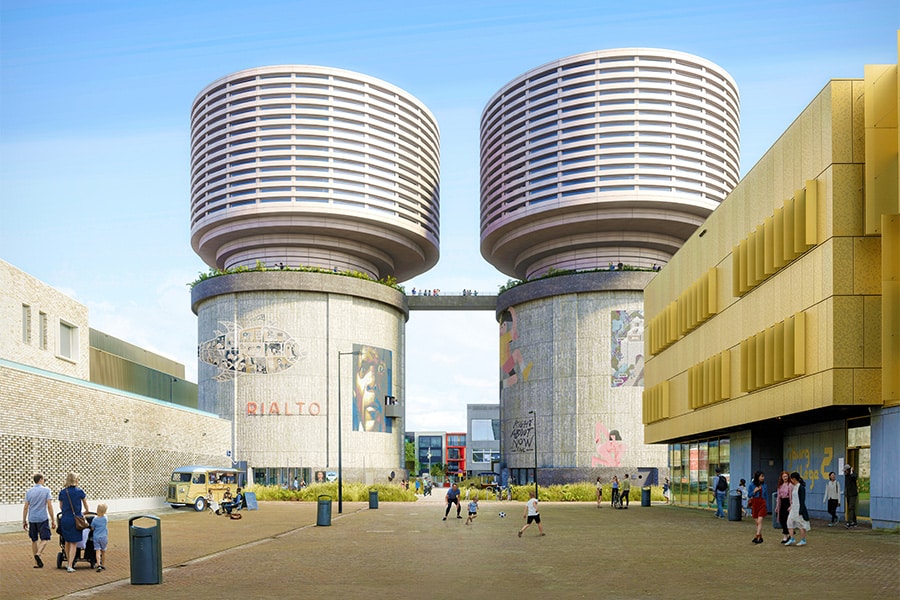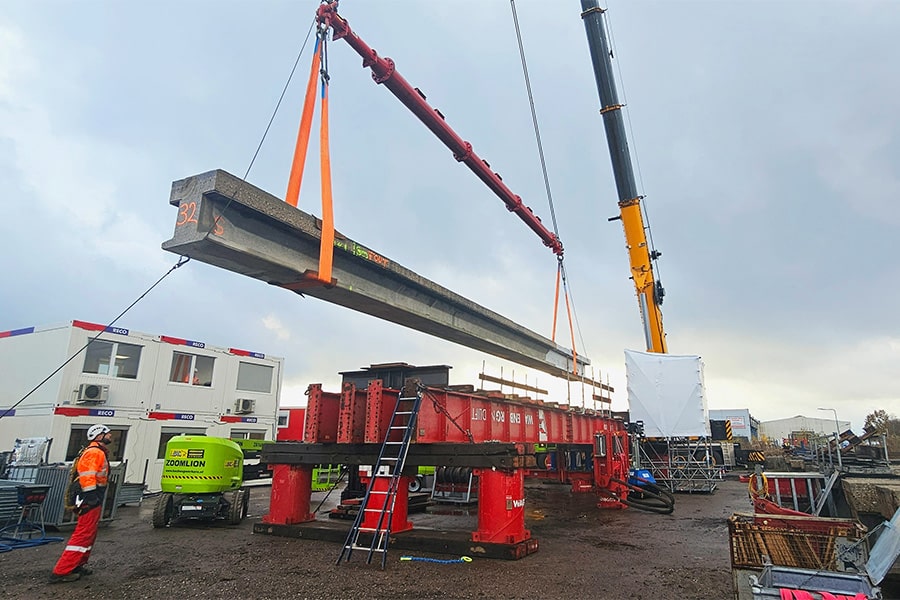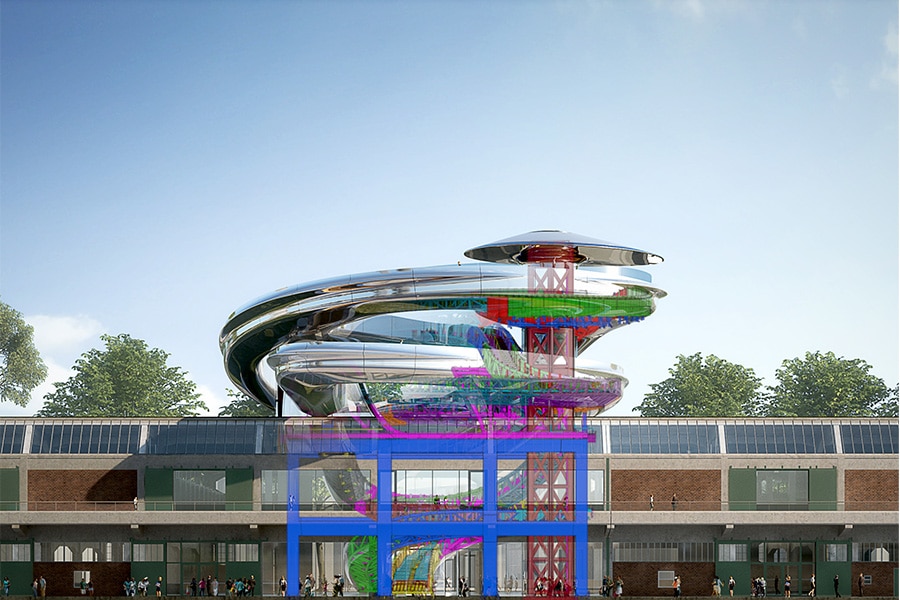
Optical (fiber optic) monitoring
There are currently many questions and uncertainties regarding the structural condition of our country's bridges and viaducts. These structures were calculated decades ago for the loads common and expected at the time. Anno 2019, however, the traffic pattern has changed considerably and structures are showing signs of fatigue, with all its consequences. Brem Fundering Expertise brings these phenomena to light with specific monitoring systems. Especially in recent years, optical sensor technology (fiber optics) has been increasingly used for these types of systems.

Brem Fundering Expertise traces its roots back to 1925. "Started as a piling company, over the years we have transformed into a supervisory agency in the field of foundations and structures," says manager monitoring Mark van Bezooijen. In the field of monitoring during the foundation phase of a project and possible nuisance to the surrounding area, the company has been a household name in the Netherlands for many years. "To quantify these issues, in addition to specialized supervision, we also provide a wide variety of monitoring solutions. Fiber optic monitoring, in particular, has been on the rise in recent years."
Optical sensor technology
The operating principle of optical sensors is based on the fact that changing the length of a fiber causes the properties of light to change as it passes through or is reflected off the fiber, Van Bezooijen explains. "This allows us to see how, for example, a bridge reacts under the current top load, which is often much higher than what the structure was originally constructed for. The deflection of a deck or supporting structure can lead to cracking and deformation, with all its consequences. Using optical sensors, we can very accurately indicate the influences to which a structure is exposed. Think of parameters such as temperature, strain, force, vibration, deformation and displacement."

With this optical sensor technology one is able, among other things, to efficiently and proactively determine the maintenance of structures. The active and early detection of disruptions ensures a higher level of safety, life extension and cost savings. In addition to cost savings, maintenance can be planned based on the measurement results, which can lead to fewer traffic jams from repeated work on structures.
FBG point sensors
Brem Fundering Expertise uses two measurement methods, based on FBG point sensors or distributed sensors. "The FBG point sensors are especially suitable for monitoring the behavior of a given structure (static and dynamic)," says Van Bezooijen. "Depending on the structure and the parameters to be measured, the location of the sensors is accurately determined, at the location of the foundation, supporting structure or deck. The sensors are glued or screwed to the structure. This allows us, for example, to verify the theoretical strain due to the top load, similar to the weigh-in-motion systems but without having to cut into the asphalt. The sensors are much faster to install. The measurement system is modularly expandable up to dozens of sensors on one line behind each other with varying spacing."
 (Image: Hero Dijkema)
(Image: Hero Dijkema)
Structural health monitoring
Distributed sensors are specifically applicable in monitoring phenomena such as deformation and temperature change over long periods of time and distributed over long trajectories, also known as structural health monitoring or SHM for short. Van Bezooijen: "We use long fiber optic cables that we interrogate at every meter, for example, over a variable length of a few meters to tens of kilometers. These cables can also be attached to the reinforcement and embedded with the structure. For example, we have recently implemented a number of new bridges in Belgium using this technique. For ten years, we are going to monitor the behavior of these structures, so that in the event of any peculiarities, we can intervene at an early stage - much earlier than can be observed with the naked eye."
Fiber optic monitoring, according to Van Bezooijen, has unparalleled reliability and longevity, often longer than the life of the structure. "The first systems we installed are still intact. Apart from its very high accuracy (down to 0.002mm), fiber optic monitoring is explosion-proof. It does not suffer from stray current and does not disturb the object being measured, due to its small size."



